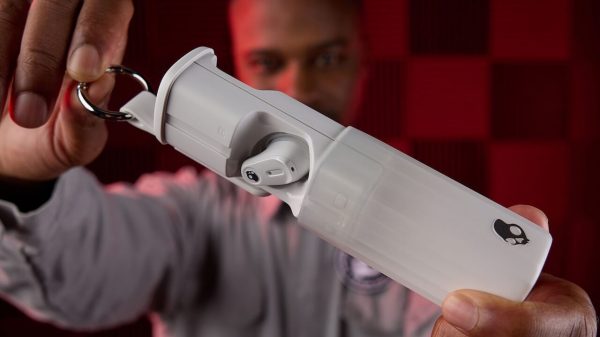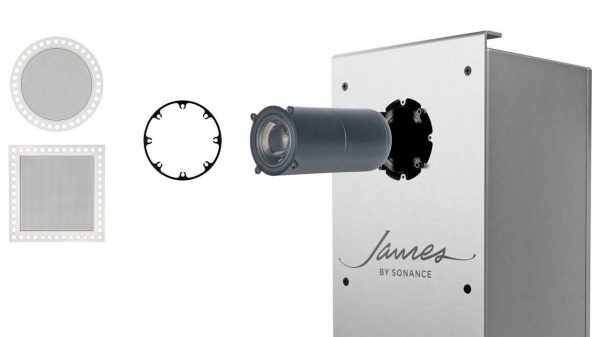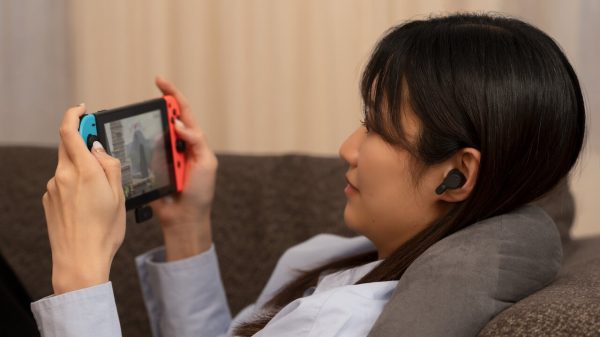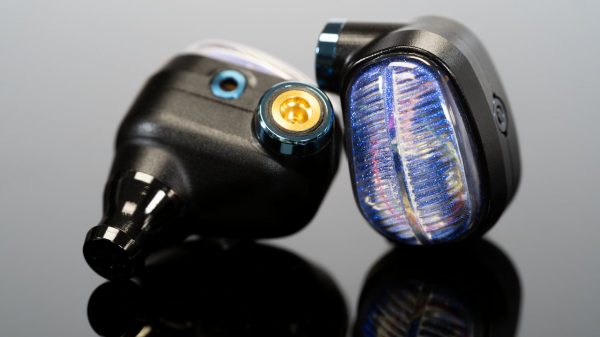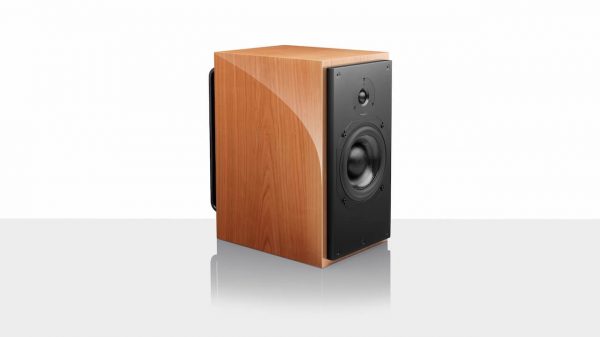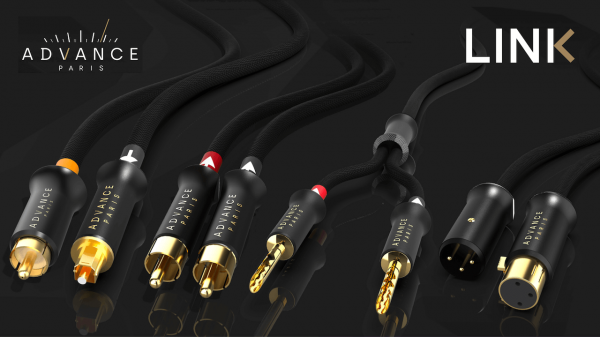High-end audio cables are a hot button issue for a lot of audiophiles and it’s not hard to understand why. Do you really need to spend thousands of dollars on power cords, speaker cables, HDMI cables, or Ethernet cables? Will your system not deliver its sonic or visual potential if you use the cheap cables that manufacturers used to provide for free in the box?
Even my own 76-year old Jewish mother in Florida asked me this question a few months back when she found some rather ancient Kimber and Cardas cables inside a box of junk she was about to toss.
“Can I use this with the speakers in the den? Will it sound any different than the one your father bought from Best Buy?”
My mother raised an audiophile and she knew how I would reply.
“It can’t hurt to try it out.”
She called me back two days later to let me know that everything about the sound quality was better.
“Really? How it is better?”
“It’s definitely louder and I can make out the dialog in my old movies better. The piano has more energy.”
“Then leave it in there and forget that it exists.”
“You know, I also tried one of the video ones that has the big connector. Why do they make these things so hard to plug in?”
“The HDMI cable? Did you switch out the HDMI cable from the back of your Roku into the TV?”
“I was going to make your father do it, but the shaking is too hard for him.”
A week later, I was down in Florida and reconnected all of the cables in their 2.1 audio/video system and switched over to Netflix so I could compare the cheap HDMI cable supplied by the cable company and the $140 HDMI cable I had purchased at least a decade ago or longer.
I am ISF-certified and my parent’s LG OLED TV is calibrated so I suspected that I might notice any changes flipping back and forth.
Minor. Extremely minor. Black levels were better but not something that my aging parents would notice sitting 15 feet away. There was less noise in the image with the better cable, but I was also wearing glasses and trying really hard to find any improvements.
My point?
Not every cable has a huge impact on the sound or image quality and whilst speaker cables and interconnects (digital and analog) can make a difference when it comes to clarity and overall tone (cables can impact the tonal balance), you don’t have to spend a lot of money to achieve great sound quality.
Over the past 30 years, I’ve tried at least 20 different brands of cables, and I settled years ago on Clarus, Analysis Plus, and QED.
QED makes some of the best affordable high-end cables and I endorse them as a product I use in 3 of my own systems. Their loudspeaker cables are very inexpensive and have survived dozens of amplifier and loudspeaker reviews.
Ethernet cables are a landmine for a lot of reviewers and my experience so far has not been overly conclusive. I’ve tried 3 of the better known audiophile Ethernet cables that retail between $400 and $1,000/meter and the improvements were rather minimal.
We recently added a top tier ASUS router to our home network which is connected to a Roon Nucleus Music Server. When we bought this house, I ran 10 sets of CAT 6 ethernet cables to every part of the house where I envisioned requiring a connection. It’s the cheap generic one from Monoprice and it works fine.
Does it make sense to upgrade?
QED has never sold me anything in over a decade that wasn’t excellent value for the money and I do hear the differences with their cables in the signal path.
I’m going to review the new QED Reference Ethernet Cable because I have a wide range of network streamers and network amplifiers at home, along with 4 wireless loudspeakers with Ethernet jacks.
I’m going to be brutally honest and if I don’t think it’s worth the money — I’ll tell you that and move on.

The new QED Reference Ethernet Cable ia designed to provide the most accurate, most stable connection possible between networked devices. Perfect for connecting a high-resolution digital audio streamer to a local network, the Reference Ethernet has more than enough bandwidth to deal with the data rates required by 32-bit/384 kHz and DSD512 audio files. The Reference Ethernet is a Class I/Category 8.1 cable and can support 40G Ethernet data transfer.
Key features at a glance
- Supports 40G Ethernet
- Ferrite insulation, low-loss dielectric and gold-plated plugs combine to deliver ultra-low jitter
- Complies with Class I Category 8.1 standard

Specified to perform
QED has been designing and engineering class-leading and award-winning analog and digital cables for almost 50 years – and the Reference Ethernet is the latest demonstration of the company’s expertise.
In order to keep signal noise and cross-talk to an absolute minimum, the QED Reference Ethernet uses 99.999% oxygen-free copper twisted-pairs – with a dissimilar twist rate for each pair – to maximize noise-rejection characteristics.

For minimal ‘insertion loss’ – which is the reduction of signal strength at the end of the cable compared to that at the start – Reference Ethernet uses an aluminum mylar wrap, within a foil wrap, within a ferrite-impregnated jacket. As a result, the cable comfortably exceeds the CAT 8 insertion loss standard.
This over-specified arrangement also means Reference Ethernet easily outperforms the CAT 8 standard for ‘attenuation-to-crosstalk ratio’ which is an indicator of the margin by which it avoids introducing any errors into the data stream.
Reference Ethernet also performs way beyond the CAT 8 requirements where ‘return loss’ is concerned. Any impedance mismatch between the cable and the equipment it is connected to can cause the signal to be reflected back and forth. Thanks to its precision-engineered, gold-plated Telegärtner plugs with 360-degree shielded die-cast zinc bodies, reflections are minimized and all of the signal is delivered to the load.
The cable is finished in a stylish pearl white PVC jacket to compliment any hi-fi set-up.

Price & Availability
The QED Reference Ethernet is available now from www.qed.co.uk (UK) and Independent retailers in the UK and from www.qedcable.com (US) and Independent retailers from next month, priced:
- 1M – £149 / €189 / $199
- 2M – £159 / €199 / $209
- 3M – £179 / €229 / $229
- 5M – £199 / €249 / $249
Technical specification
- Cable OD (mm): 9 mm
- Plugs: Telegärtner Profinet CAT 8
- Construction: F/FTP
- Conductor size: 24 AWG
- Characteristic Impedance: 100 ohm
- Patch Cable Category: Class I CAT 8.1
- Maximum bit-rate: 40 Gb/s
Related reading: QED Audio Cables: Proof You Don’t Have to Go Nuts


